Longjing Traditional Supreme, hand-roasted green tea
$ 35.20
Mastery in wok-roasted green tea
The special taste profile of a classic Longjing demands not only a fine harvest from a genuine pedigree, but also the mastery of hand-roasting the leaves. To attain such a skill takes the willingness to endure years of hard practice*. On top of that, a fine Longjing is perhaps the most sought after tea in its native market that is China, and there are people there that are willing to pay thousands for half a kilo of this tea. As a result, good roasting masters are in high demand. A good master producing with top quality harvests is even more rare. To secure a genuinely high quality is therefore a very challenging task. More so at the accessible price we are offering at. Tea Hong’s Longjing Traditional Supreme is a proud representation of the best quality of this precious craft, a taste that would have won nobles and mandarins in their tea competition, and when the Qing Emperor Qianlong was still young and flamboyant, and crazy about this tea.
Net weight: 40 g (1.4 oz) in Kraft-alu pillow
In stock
經典極品 頭採杭州龍井

Wok roasting in Longjing green tea production
Proper roasting is key
Tea Hong’s Longjing Traditional Supreme is produced from the first flush of the ancient local cultivar rather than the recently developed ones. It grows less speedily, yields less, and needs more horticultural attention, but gives you a lot more tastes.
The fresh plucks are shade-withered and then roasted briefly at between 85°C to 95°C before resting for about an hour for auto-rehydration. They are then roasted at around 70°C repeatedly, while being pressed against the wok to finally take on the very flat form that this tea is known for.
By hand all the way. Many tea masters prefer actually the bare hand for achieving the desired result.
The flattening of the leaves is intended not for the look, but for the flavour. Gradual squeezing forces the leaf juice out in direct contact with the heat. The 200+ compounds are then roasted to the super rich umami and aromatic taste profile that made this tea famous centuries ago. <read full article here>
Taste profile
Nose: Warm, buttery aroma on an undertone of toasted nuts, cereal and peas, accented with sea salt and light woody spice. Distinct, but pleasantly gentle floral aroma of blooming orchard with an herbal undertone. Palate: Lively body with a good weight and silky to velvety tactility, dependent on your water quality and infusion strength. Malty savouriness in very good length with light bites of salt, chocolate and cinnamon, changing to sweet and refreshing. Finish: Umami, then sweet and then quenching aftertaste.
Infusion tips
To experience its full tantalizing taste profile, steep the leaves in a well pre-heated high density Yixing pot between 160 ~200 ml at 75~80°C at 3 g of leaves to 200 ml of water for 5 minutes. Increase to 2g to 100ml ratio when you prefer a stronger taste.
The best way to actualize the taste profile of this tea is with the use of water from a good but low mineral mountain spring. If a fine yixing pot is unavailable, a well formed porcelain gaiwan or even the taster mug gives satifying results.
This tea can also be infused very lightly too, like most other people do, at 0.5g ~ 1g to each 100ml water for 30 seconds or various duration according to personal preference. Use higher temperature water in this case, such as 90°C.
*Note: If you ever tour Hangzhou where Longjing originated, you might have seen many people roasting the tea on the street in touristy areas, including those so called wholesale markets. Most are basically street vendors acting the process. The products have been previously roasted and are almost always average quality but sold at a premium price. Tea tourist scam is a big business in China, so much so that even tea dealers in the West are often victims without knowing it.
Additional information
| Weight | 90 g |
|---|---|
| Dimensions | 18 × 9 × 5 cm |
| Net weight: | |
| Tea category: | |
| Class: | |
| Origin: | |
| TCM character: | |
| Recommendation: | |
| Packaging: | |
| Infusion color: | |
| Vintage |
Reviews(6)
Only logged in customers who have purchased this product may leave a review.


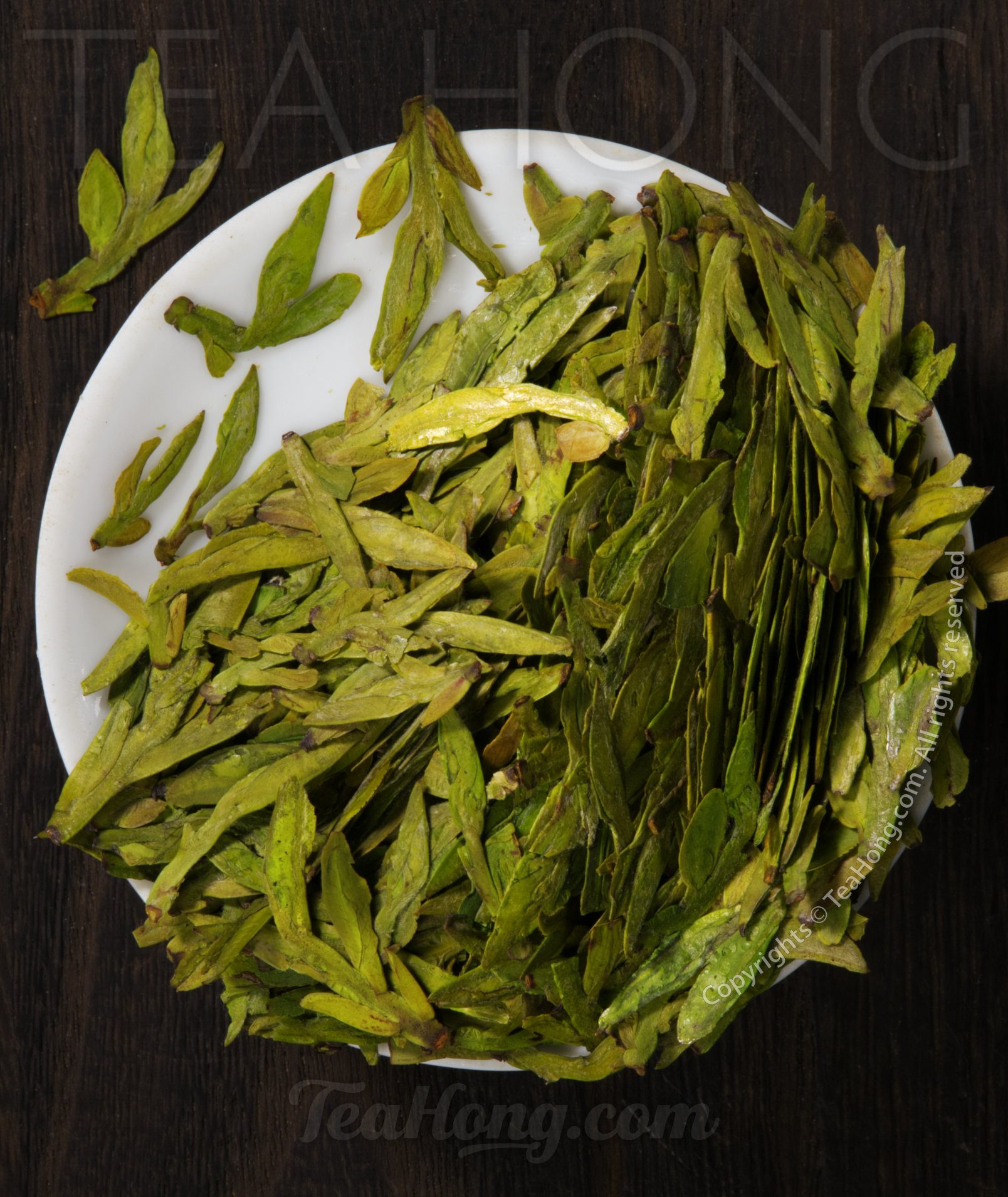
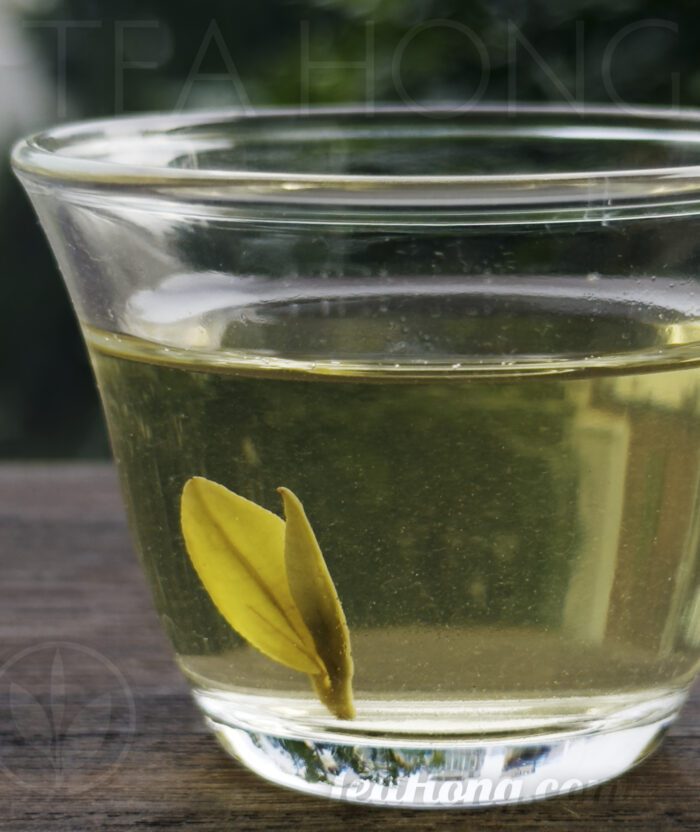
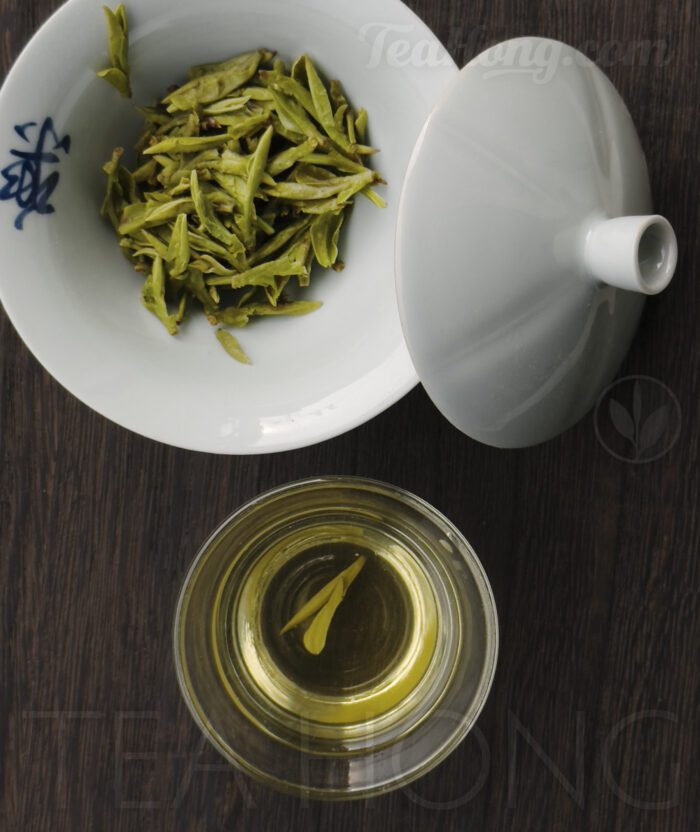
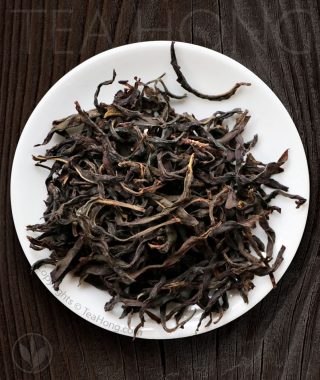
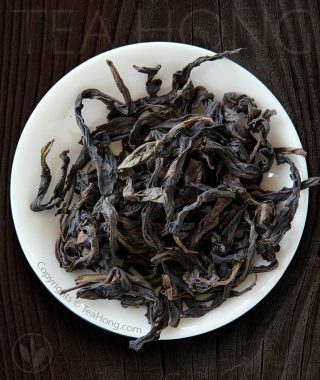
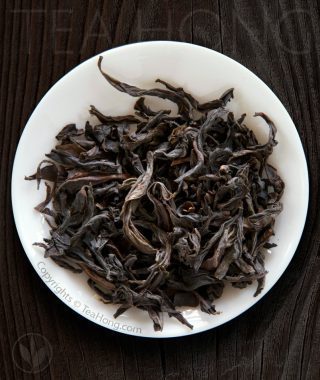
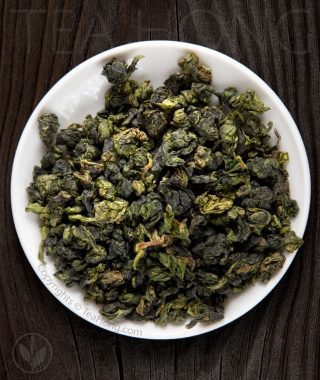
Excellent
When infused under the suggested contidions, the results were excellent until the last batch. Satisfying results were also observed when the variables of the extraction process were reasonably modified. Thank you.
When will this tea arrive this year
Hello, I have finished all my better dragon well now. When do you think your new tea will arrive this year
Hello Mrs Ngo, normally we inspect our pre-Qingming green teas around early to mid April but need quality assurance processes for another two weeks. So likely to be late April the earliest. Will send mass newsletter to all registered customers when available.
Very good tea
Just tried this tea, miles better than what I’ve bought from other websites.
I live in England ordered on the 30th Oct (wed) received on the 4th Nov (mon) so very fast shipping (pricey but if it gets here fast and undamaged that is great)
Good to compare
I agree with u Manila Tran! It is very interesting to compare the two longjings! I also prepared it using a Yixing pot. Wonderful new understanding of an old tea!
難得的好發現
很明顯 Tea Hong 的龍井並非採用新品種龍井43茶樹生產的,而是用現時較少見的傳統龍井茶樹,因為它的茶味較龍井43層次更多,更為鮮爽。使我驚喜的是大部份以傳統茶樹生產的龍井口味較為苦澀,但這 Tea Hong 的龍井卻並非如此,真是一難得的好發現。
This deserves Tea Master’s Choice
I have purchased both this and Longjing First Flush to compare taste. I did it once by myself and once with my customers (yes, I do have a few now!) and we all agree that this is smoother and richer than LJFF. The latter is sharper in taste and maybe liked by some. I also did it once using a yixing teapot, as Leo recommends in this article: http://teaguardian.com/tea-selection-guide/green-tea-longjing.html, and we unanimously agree this is the most flavorful Longjing we have had so far!